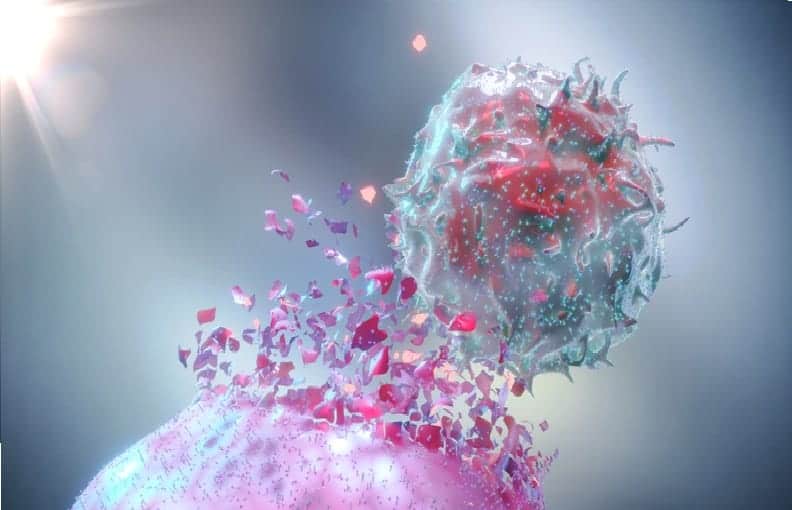Malignant primary and secondary brain tumors pose a major health challenge, and the incidence of these tumors are rising. The brain tumor microenvironment (TME) is highly complex and thought to impact treatment resistance and failure. To enable a greater understanding of the milieu of cells in the brain TME, advances in imaging and sequential profiling of proteins/mRNA has given rise to the field of spatial transcriptomics. These technologies are providing a greater depth of understanding of the tissue architecture, cellular and spatial profiles, including cellular activation status, which may provide insights into effective therapies for brain cancers.
In this review, we provide an overview of spatial profiling technologies at the forefront in the field and describe the applications for brain cancer.
Brain tumors are often resistant to treatment, and display both an immunosuppressive and heterogenous tumor microenvironment. Next generation imaging and multi-omics technologies are providing a tool for intricately characterising their tissue biology. This information will aid in the design of effective therapies and begin to provide an understanding for therapy resistance.
Spatial profiling technologies and applications for brain cancers.


